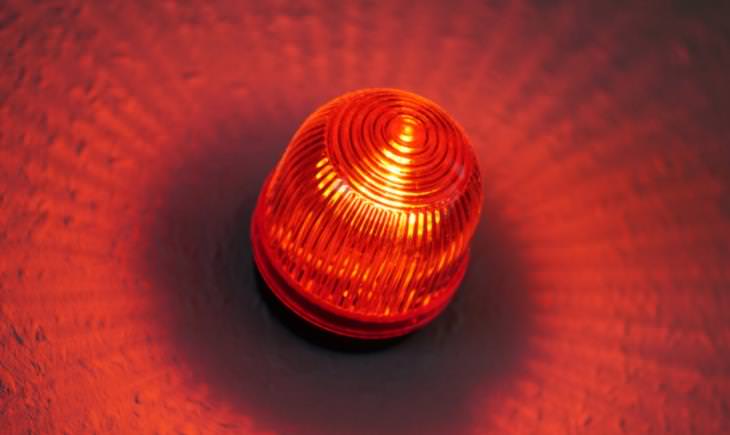Deep Red Light Therapy Can Improve Vision For a Week
There are so many false articles and
advertisements promising magic solutions to our most painful ailments.
One will promise improved self-confidence with a 15-minute trick,
another guarantees a lifetime of wrinkle-free skin as long you buy an
expensive cream. But the public isn't gullible, and we demand
scientifically proven evidence. Researchers at University College London
in the UK are researching the reparative impact of red light
(wavelength of 670 nanometers) on declining vision, and their findings
are both astonishing and hopeful.
Scientific Reasoning Behind Red Light Therapy

As Medical News Today put it, "The study
showed that a 3-minute exposure to deep red light in the morning once
per week can improve vision that has declined due to aging, for up to 1
week." You can read the study here.
The lead author Prof. Glen Jeffery explains the biological mechanisms
that make this temporary improvement of vision possible. The red light
influences the mitochondria. These are energetic components found in
each and every cell in the body. The mitochondria are widely referred to
as the cell's rechargeable batteries. "The light increases the charge
of the mitochondria and allows them to increase their energy output that
has declined with age or disease," says Prof. Jeffery.
The chemical source of the energy produced by cells is a molecule called
ATP. Eyesight declining due to age occurs as a result of a natural
decline in ATP starting at age 40. Put simply, the batteries aren't that
strong anymore. To be precise, they can be up to 70% less powerful.
In the case of the study, the mitochondria that benefit from the red
light are the ones found in the cells of the retina. As Prof. Jeffery
explains, what's unique about retinal cells is that they have more
mitochondria than any other type of cell because the retina requires
that much energy.
The Method and Results of the Experiment
Participants in the experiment were between
ages 34 and 70, both female and male. While one group was exposed to
red light for 3 minutes in the morning, the other had the session in the
afternoon. Their eyesight was measured via a test of their ability to
differentiate between colors 3 hours after the session, and again a week
later. The group who had the morning red light session showed an
average improvement of 17% in their color contrast vision.
The afternoon group showed no results. The researcher's hypothesis as to
why this happens is that the mitochondria in the retinal cells may
follow the body's circadian rhythms, as Prof. Jeffery explains. The
research team can state with confidence that the optimal duration for a
red light session is 3 minutes and that the results will last for a
week.
The exposure session was conducted as follows: the light used came from a
commercial flashlight with 9 LEDs "mounted behind a light diffuser
[...] light was delivered down a white internally reflecting tube that
fitted over the eye with an internal diameter of 3.2 cm" (1.2'')."
Devices of that specific wavelength are available to purchase online,
but we would suggest a vigorous search for a trustworthy source.